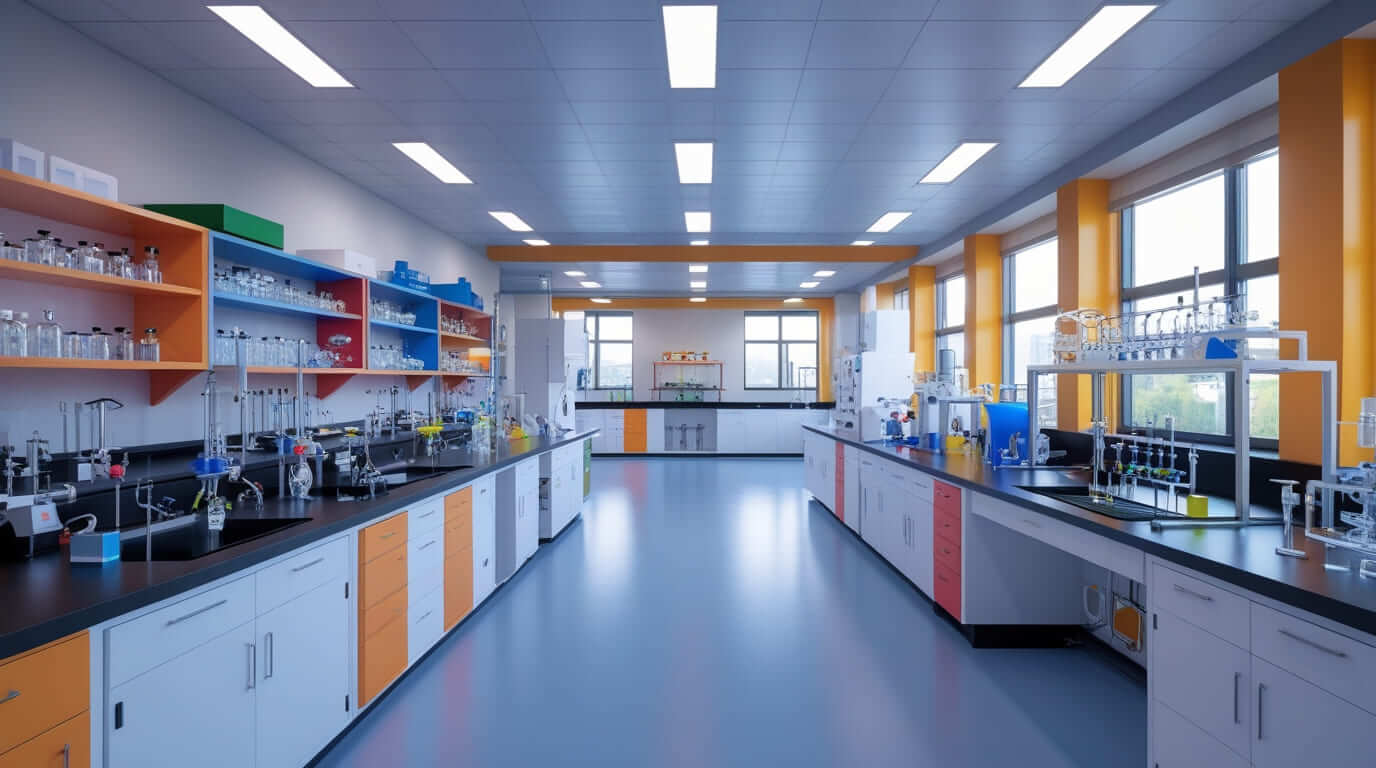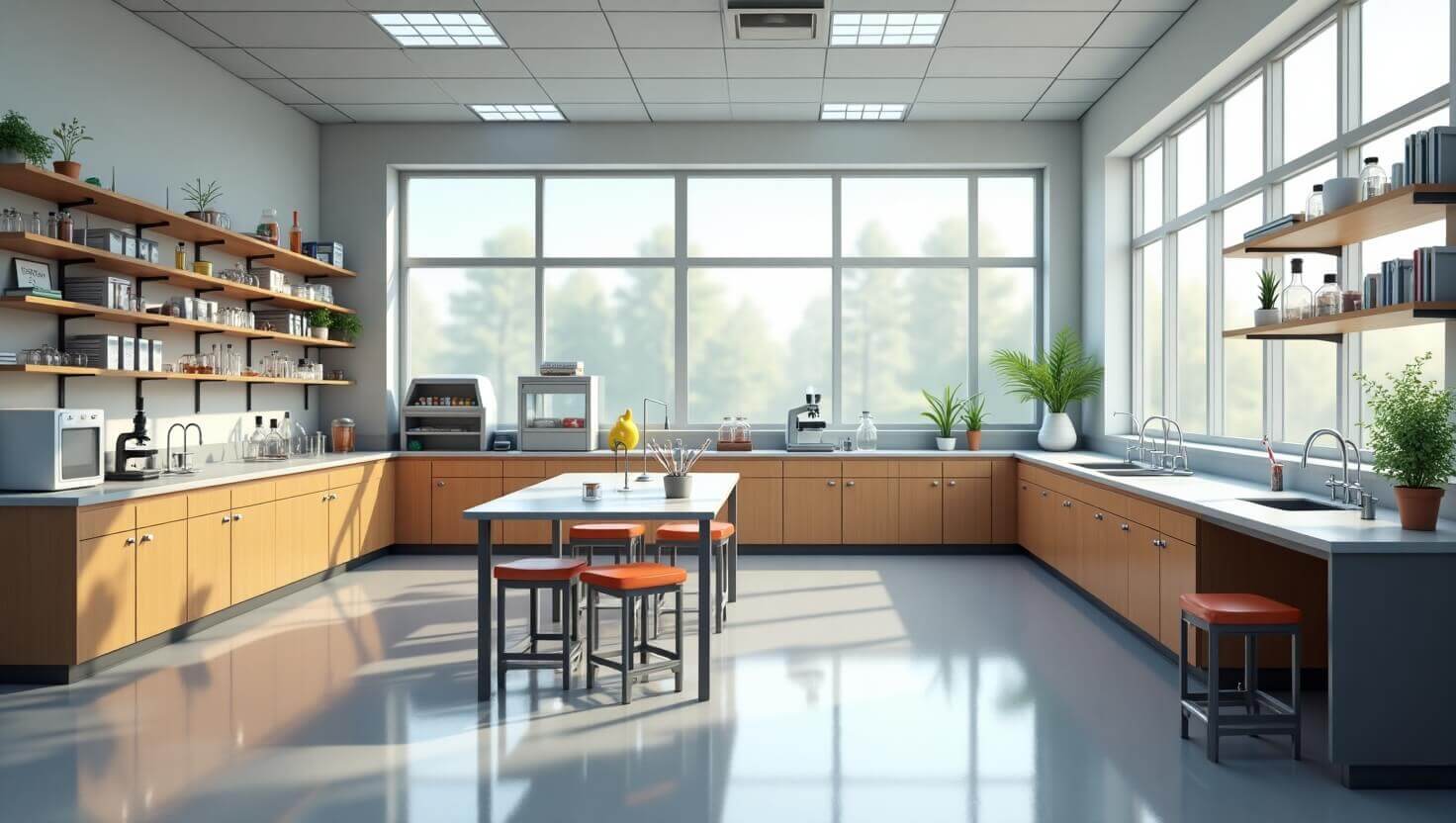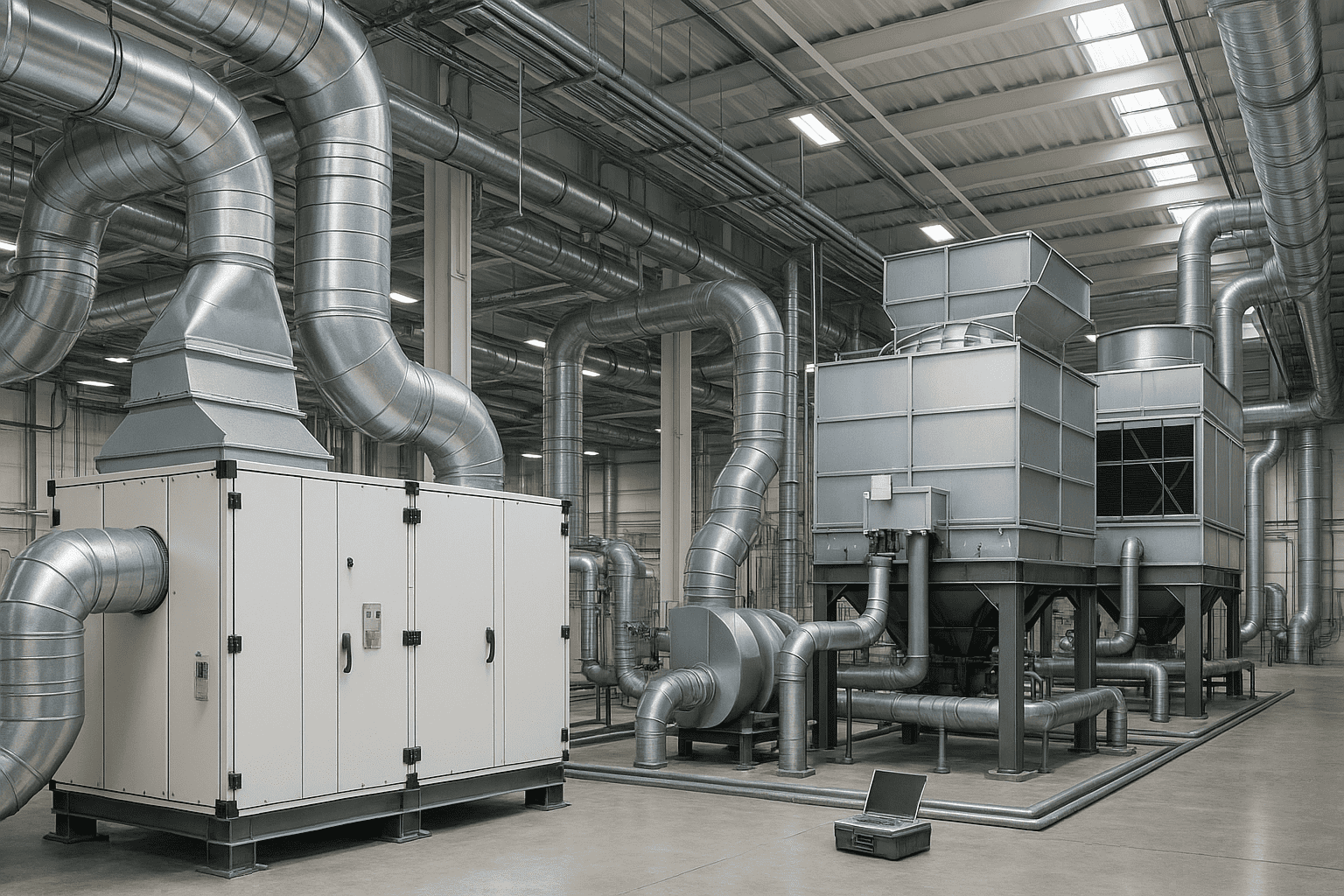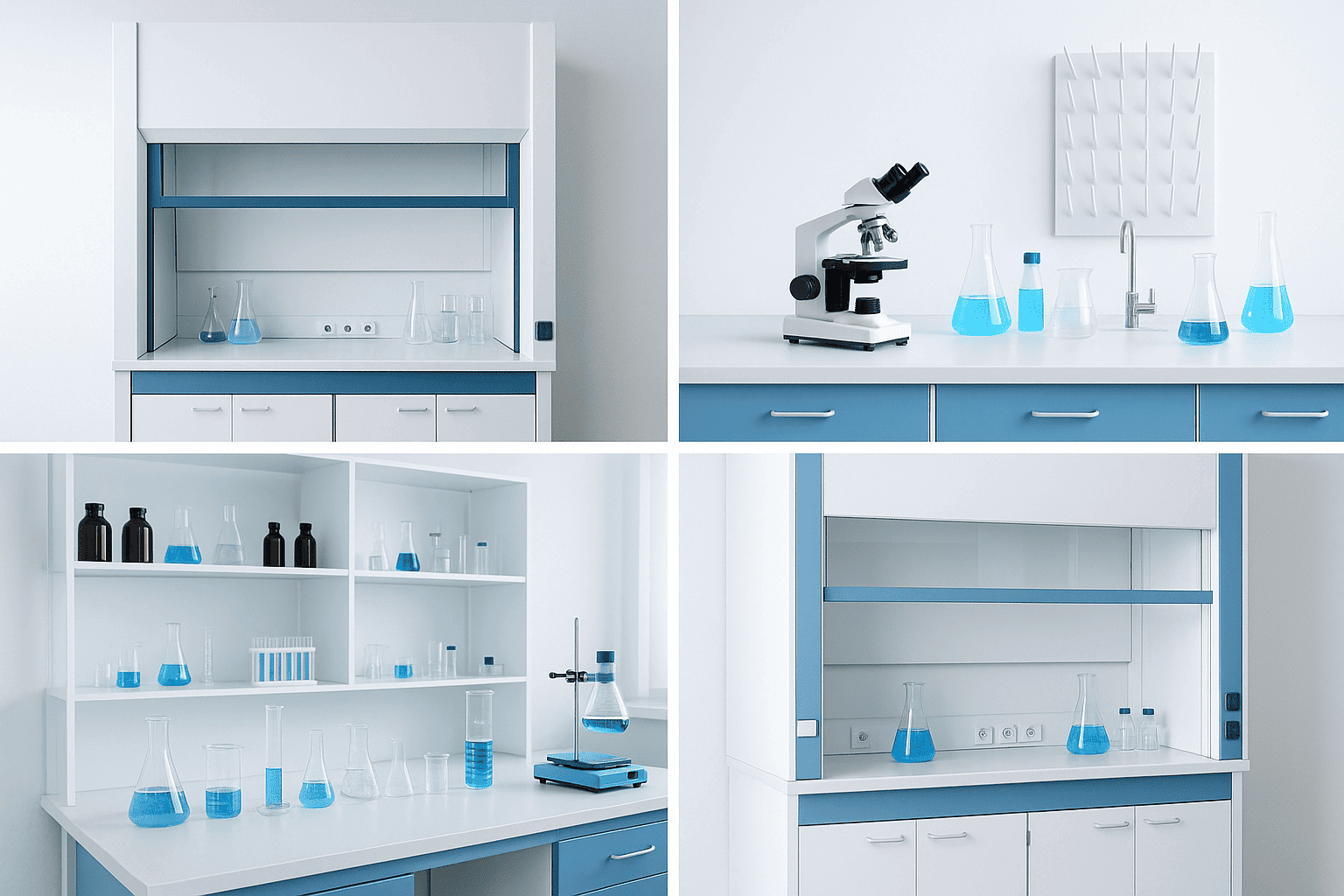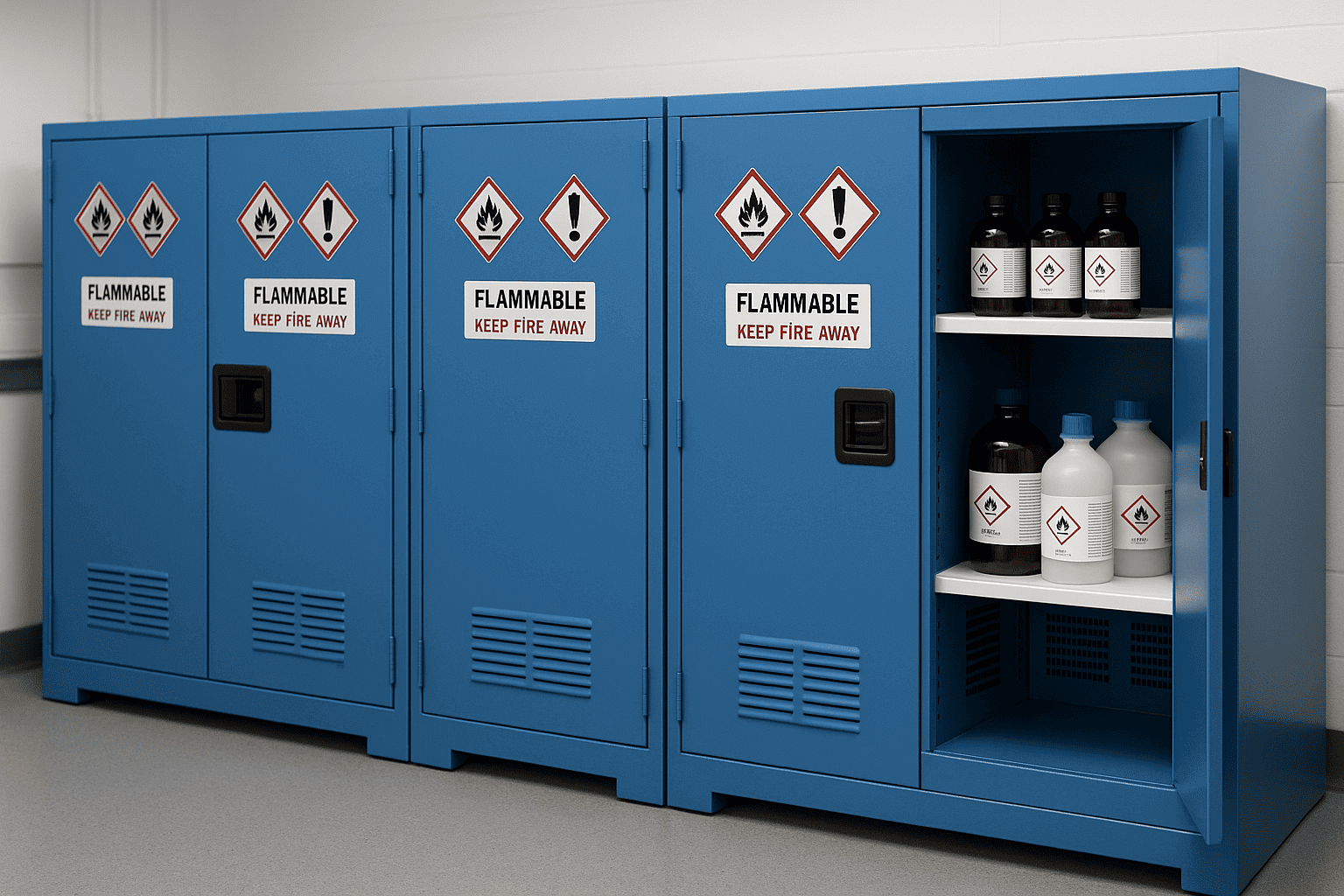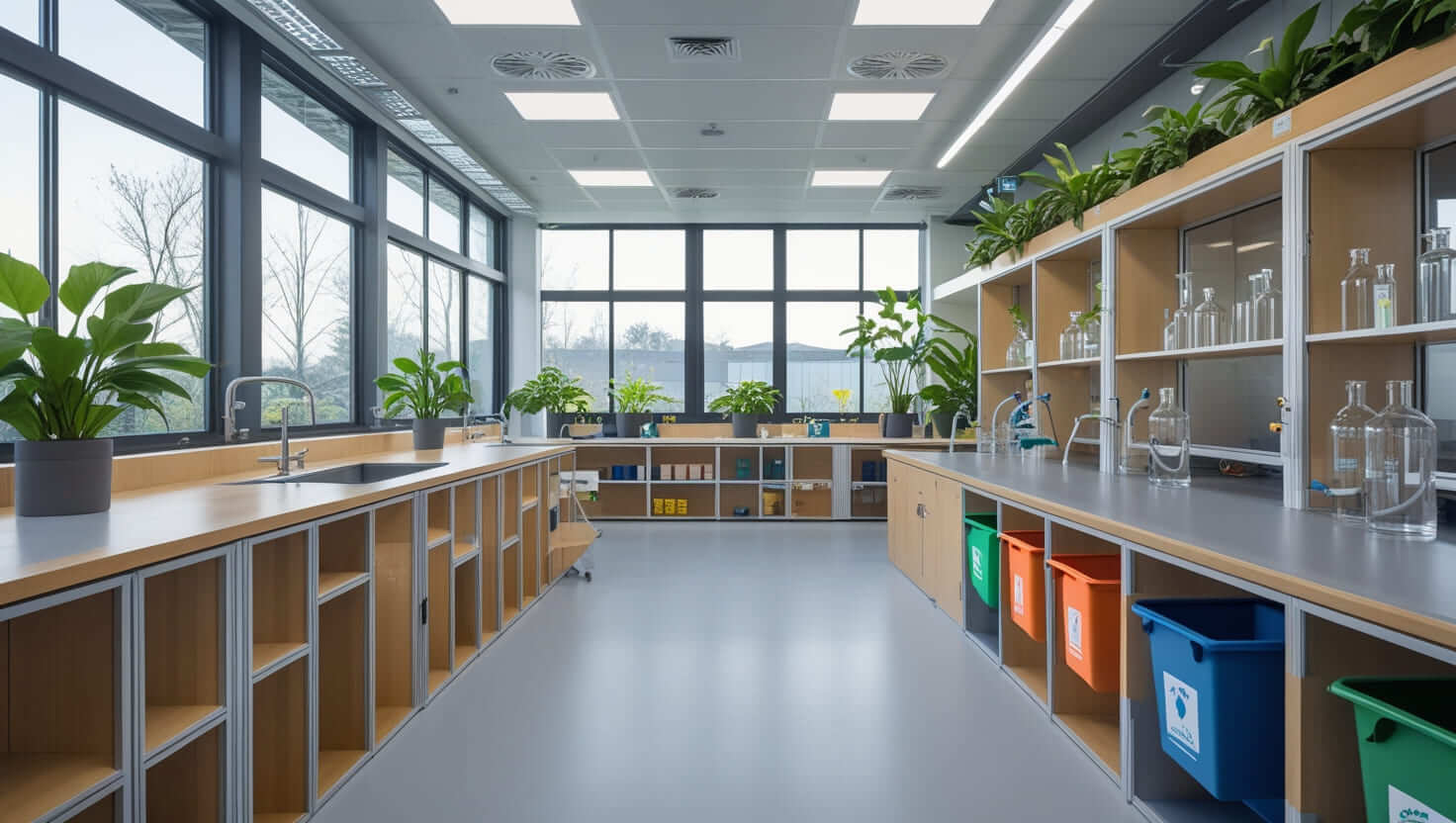
In today’s fast-developing world, laboratories play a key role in education, research, and industry. But labs also consume a high amount of electricity, water, and materials. In India, where energy conservation and sustainable development are becoming more important than ever, setting up an eco-friendly lab setup is the smart way forward.
This article offers practical and simple tips to help you reduce energy use, minimize waste, and build an environmentally responsible lab.
Why Do Indian Labs Need to Go Green?
Traditional lab setups are not always energy-efficient. They often include outdated equipment, poor lighting, and heavy water usage. A shift towards a green laboratory design can:
- Lower electricity and water bills
- Reduce environmental pollution
- Improve lab safety and comfort
- Align with India’s growing environmental policies
Adopting sustainable laboratory practices not only helps the environment but also enhances lab performance.
For professional support on eco-friendly lab design, you can visit LabCreator – India’s leading lab setup experts.
Smart Energy-Saving Tips for Your Lab
1- Choose Energy-Efficient Equipment
Use lab equipment that comes with power-saving modes or energy star ratings. This simple change can make your eco-friendly lab setup more effective and cost-efficient.
2- Switch to LED Lighting
Replace tube lights or CFLs with LED lights. Install motion sensors in storage rooms or less-used areas. LED bulbs use 80% less energy and last much longer.
3- Maintain HVAC Systems
Heating, ventilation, and air-conditioning (HVAC) systems consume a lot of energy. Service them regularly and insulate doors and windows to reduce cooling load.
To explore energy-efficient lab furniture and infrastructure, check out LabCreator’s lab solutions.
Water-Saving Techniques in Labs
1- Use Low-Flow Fixtures
Install faucets with sensors or low-flow options to prevent water wastage during experiments or cleaning.
2- Reuse Water Where Safe
Reuse distilled or RO-reject water for washing equipment, mopping, or plant watering (in research institutes).
3- Closed-Loop Systems
Use recirculating chillers instead of once-through cooling systems. This is a key step in a proper green laboratory design.
Sustainable Waste Management
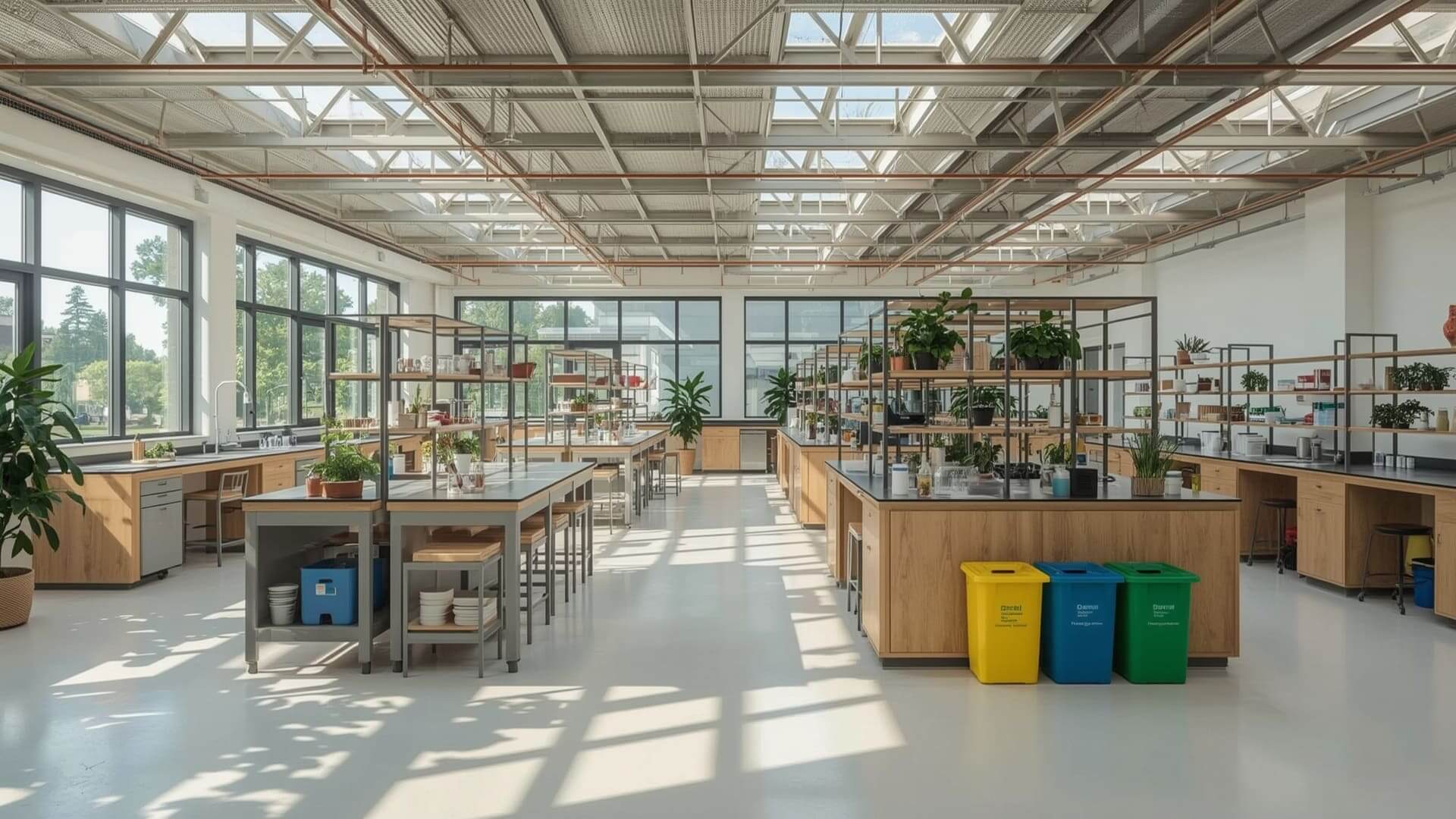
1- Segregate Waste Properly
Use color-coded bins for plastic, glass, paper, chemical, and biohazard waste. Make sure lab staff knows the system.
2- Reduce Single-Use Plastics
Whenever possible, replace disposable items like gloves, pipettes, and containers with reusable or biodegradable alternatives. This supports sustainable laboratory practices.
3- Recycle Lab Waste
Partner with licensed recyclers to dispose of e-waste and chemical containers. This not only helps the environment but keeps your lab legally compliant.
Designing a Truly Eco-Friendly Lab
When you plan your lab layout, always keep sustainability in mind. A smart eco-friendly lab setup includes:
- Natural Light: Maximize the use of windows, skylights, and open ventilation.
- Modular Furniture: Allows easy reconfiguration without waste.
- Eco Materials: Choose lab furniture made from recycled or certified sustainable wood/metal.
For layout planning, modular design, and installation services, visit LabCreator’s turnkey lab setup
Train Your Team for Green Lab Habits
Even the best equipment is useless without trained staff. Conduct short training sessions on:
- Turning off equipment when not in use
- Proper chemical disposal methods
- Reporting leaks or maintenance needs
- Reducing unnecessary printing
These team-based sustainable laboratory practices keep your lab green every day.
Go Digital Where Possible
Reducing paper use is another powerful way to build a green laboratory design. Some tips include:
- Use electronic lab notebooks (ELNs)
- Digitize safety and maintenance logs
- Share files through cloud drives or internal servers
- Minimize printing; use recycled paper when needed
Get Recognized with Green Lab Certifications
In India, several certification programs help guide you toward a greener lab:
- IGBC Green Lab Certification
- LEED (Leadership in Energy & Environmental Design)
- ISO 14001 Environmental Management
Getting certified boosts your lab’s image and builds trust with clients, funding agencies, and authorities.
You can speak to experts at LabCreator to ensure your lab meets the required green standards and certifications.
Conclusion
India is moving towards a sustainable future, and laboratories must lead by example. Through thoughtful planning, modern design, and simple day-to-day habits, you can build an eco-friendly lab setup that saves money, energy, and the environment.
Whether you’re designing a new lab or upgrading an old one, remember that every change matters—from switching to LED lights to adopting sustainable laboratory practices across the board.
Let your lab be a model of green laboratory design—good for business, good for science, and great for the planet.

